
138 degrees in this section of the attic
This heat imaging camera shows exactly where the hottest places in the attic are. This helps to make a game plan for the right service and materials needed to solve the problem.
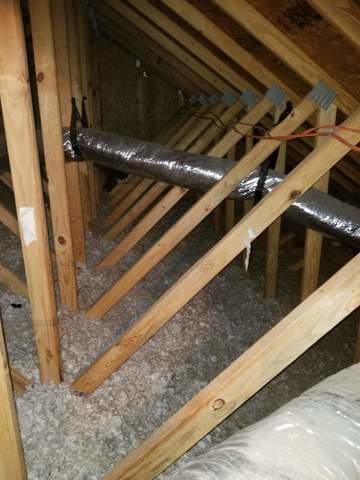
Insulation is not effective on its own.
This insulation had been blown in and was covering some of the attic surface, but the heat was coming from above. The HVAC duct seen here trying to let cold air pass through it was sitting in a space reaching up to 138 degrees. Effectively heating the air passing through the hot tube.
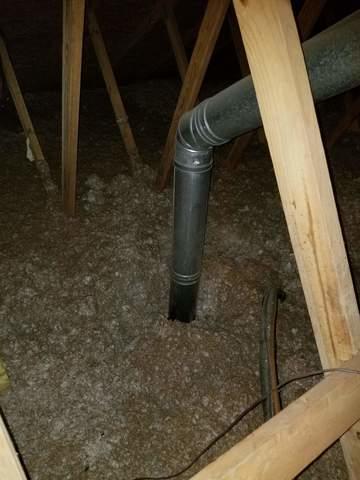
Insulation without air sealing leaves gaps
The place where this pipe extended from the floor below was not air sealed. This meant conditioned air from below could escape the rooms it was intended to cool. The metal pipe was also being heated as it was in a space reaching 130 to 138 degrees.
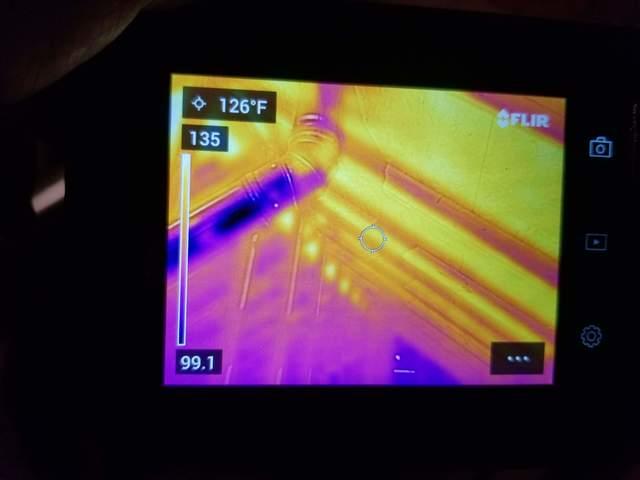
Heat imaging tells the story
The yellow seen on the attic roof is heat from outside radiating into the attic space. We have material that can act against that and keep that heat outside.
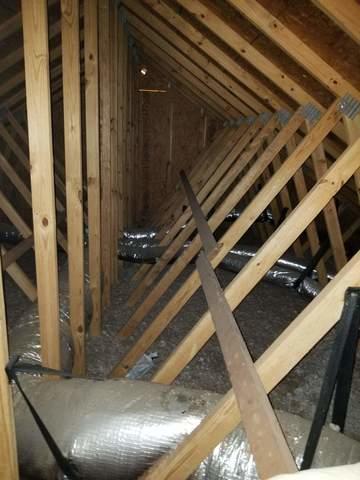
HVAC ducts passing through a hot attic
These ducts are wrapped but are also sitting exposed in the hot attic air. The best option here would be to either bury the HVAC ducts in the insulation or to spray foam insulate them.
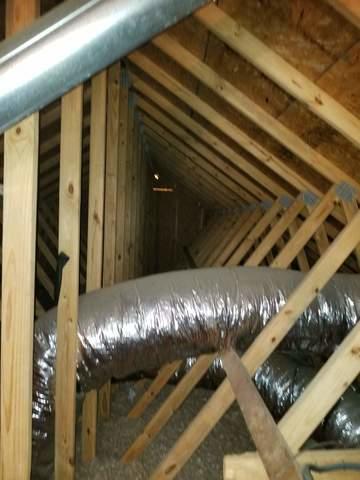
HVAC ducts in a hostile environment
These ducts are baking in this hot attic. The cold air passing through them is being acted upon by the hot attic temperatures.
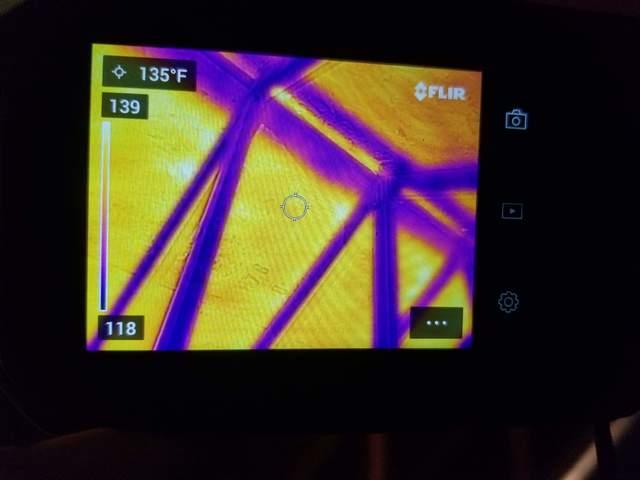
Heat imaging
The same way this will heat up in the summer, it will also cool in the winter.

